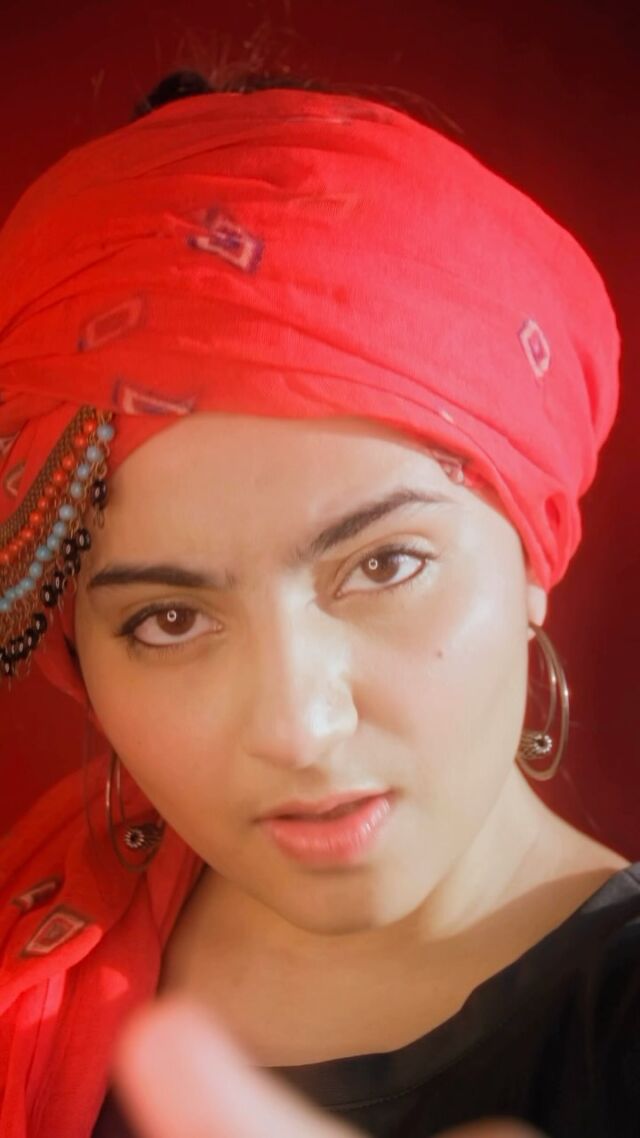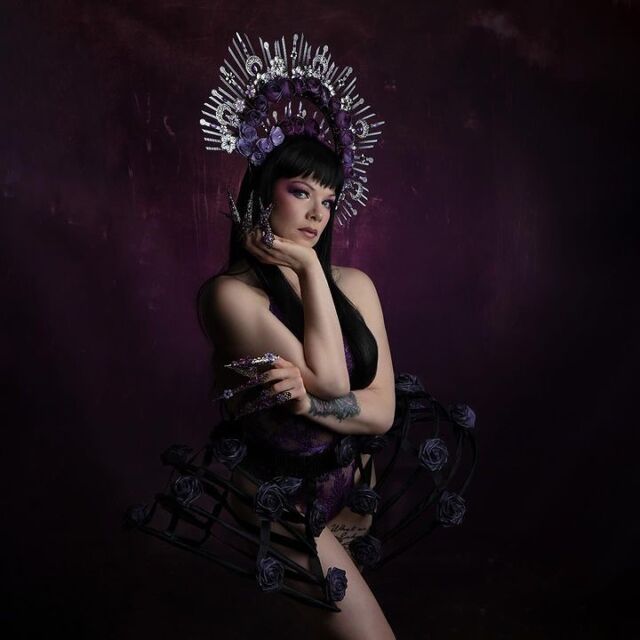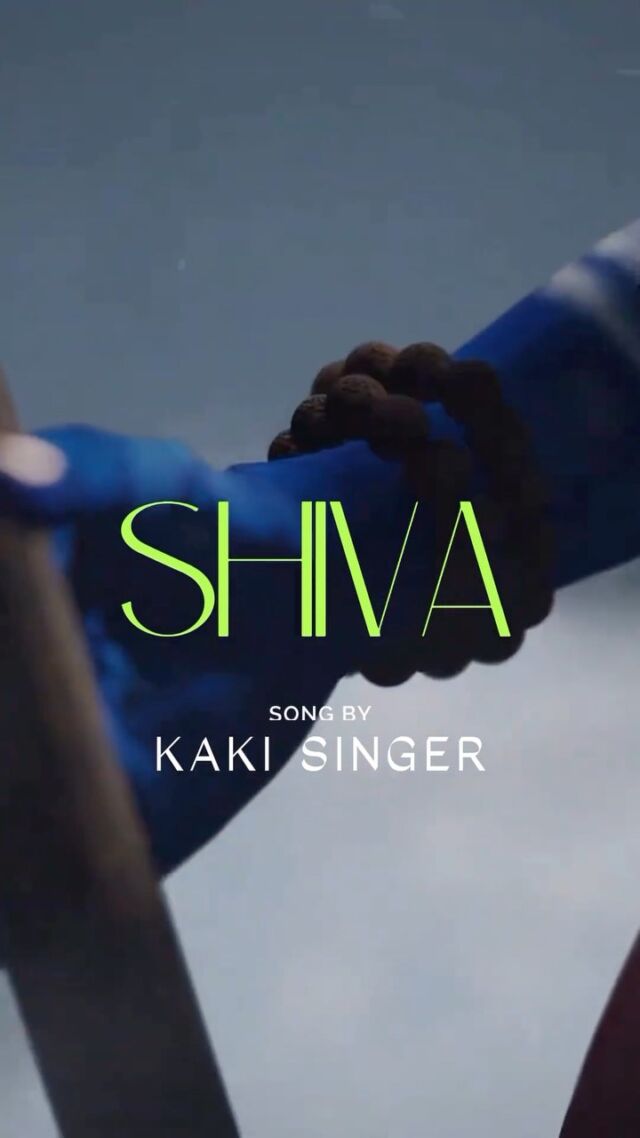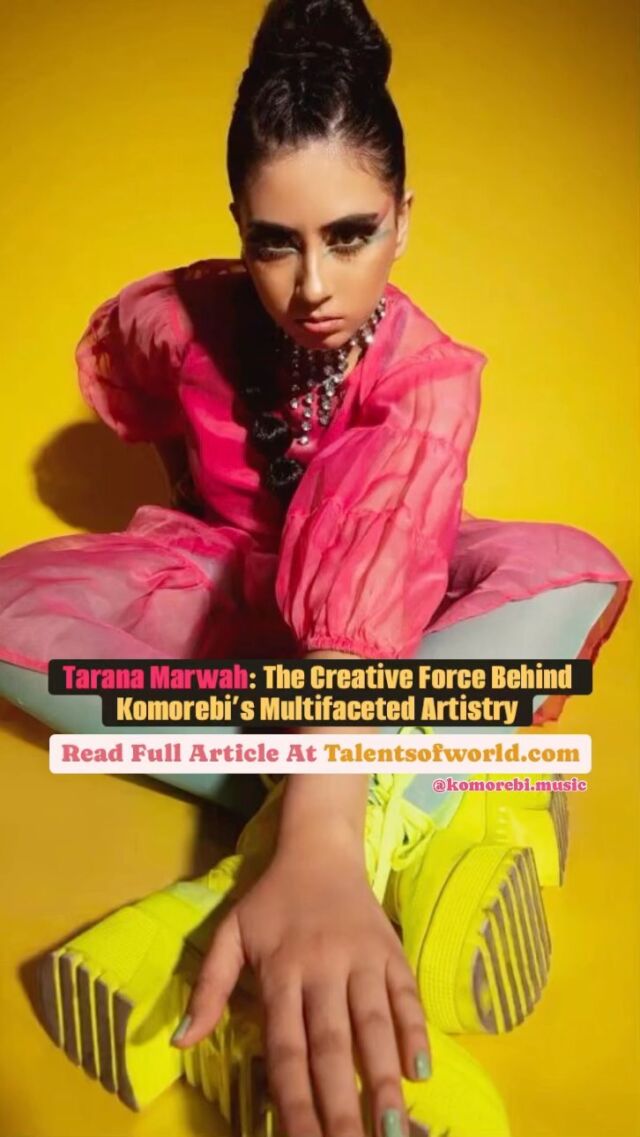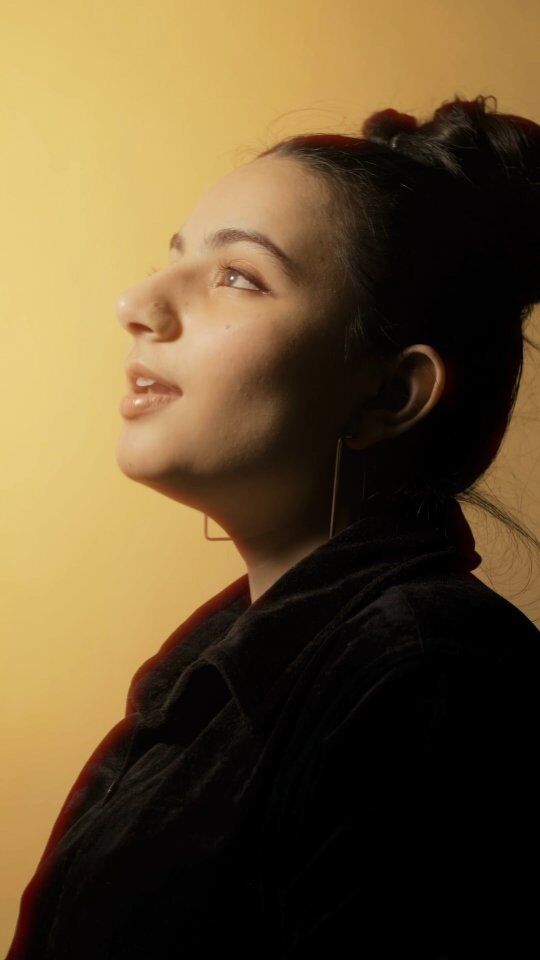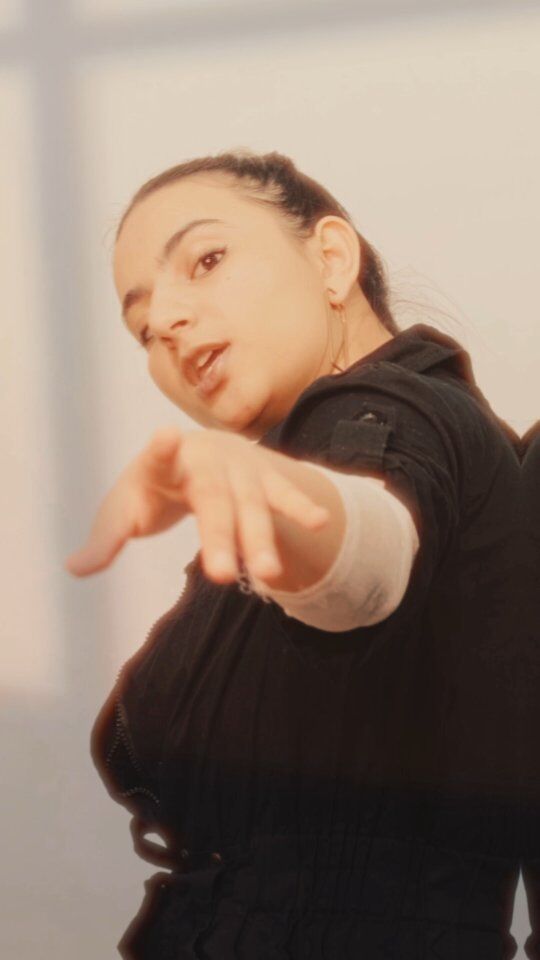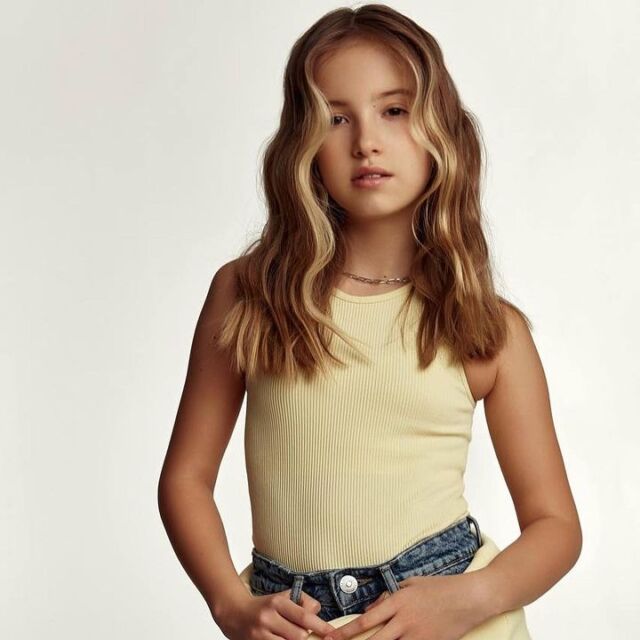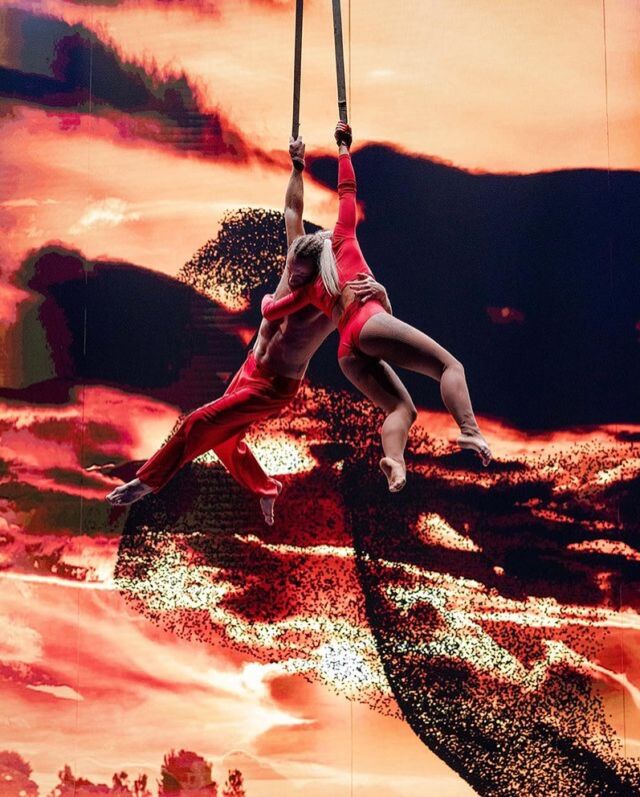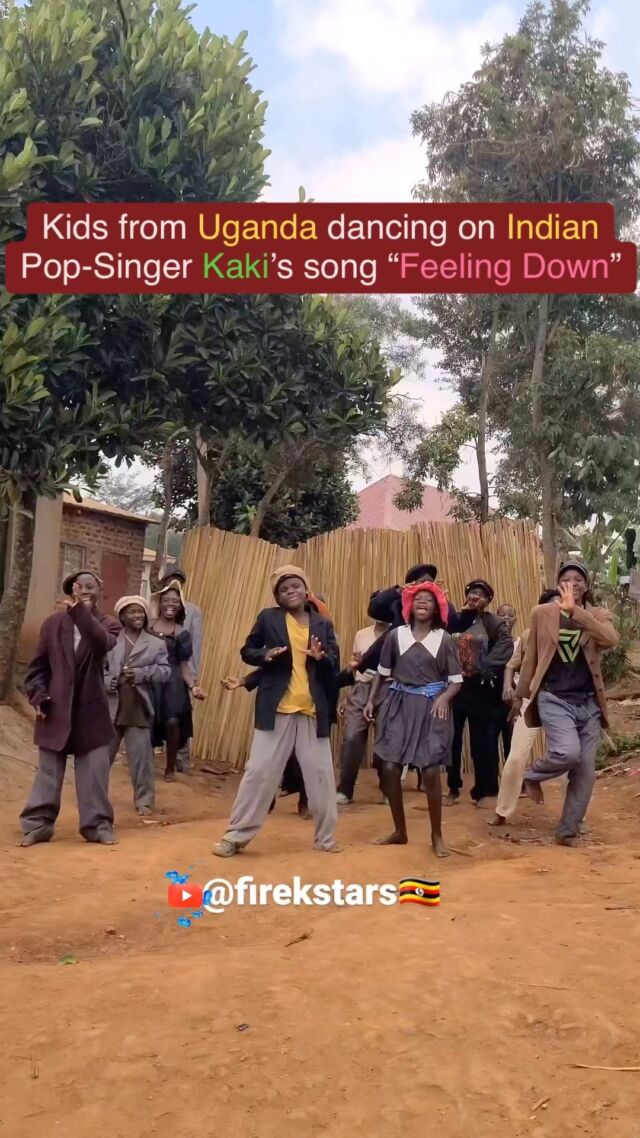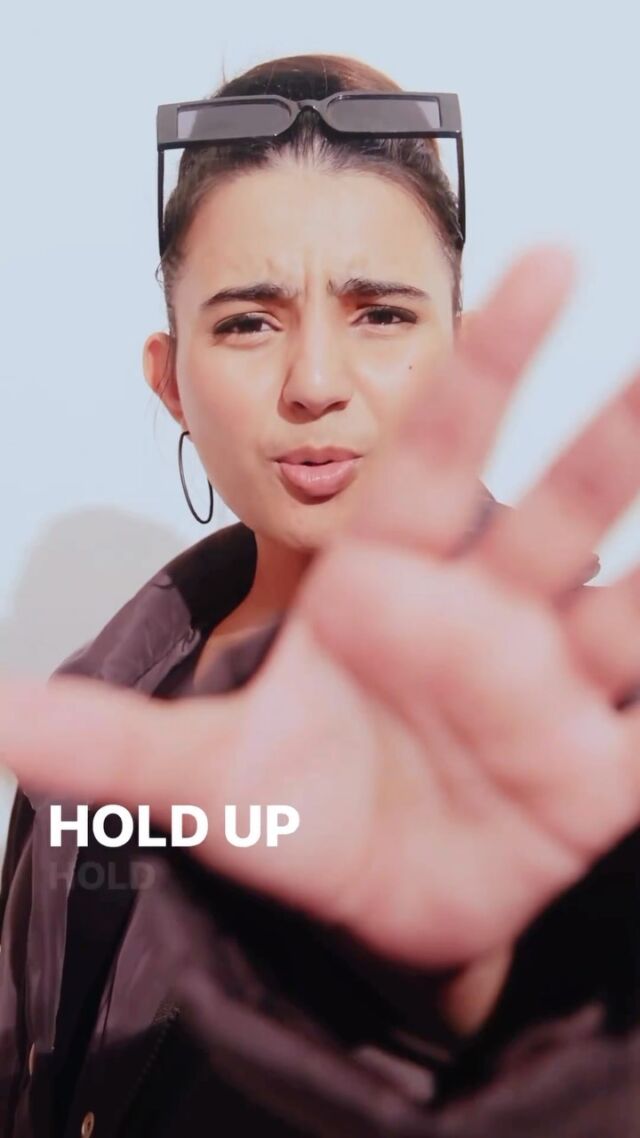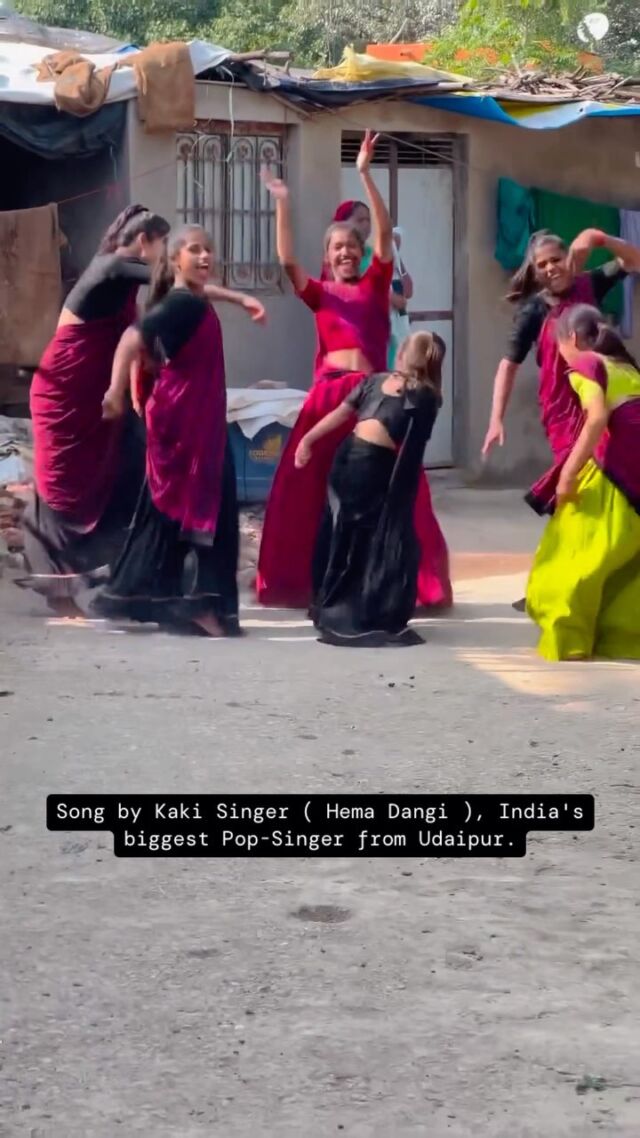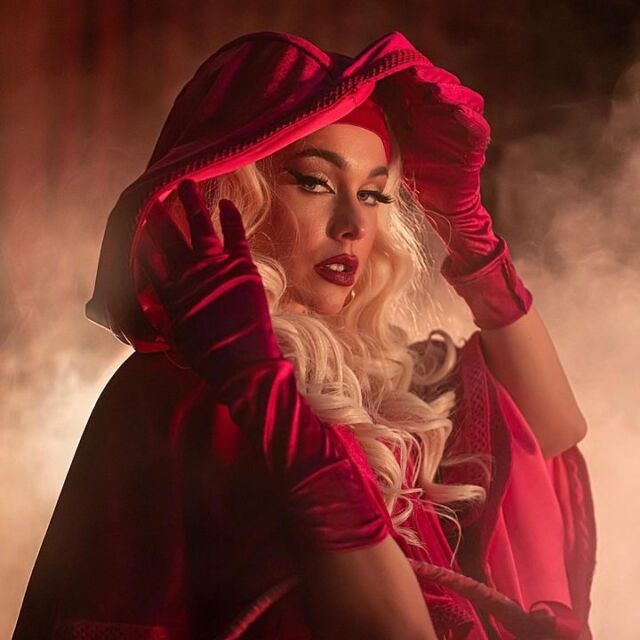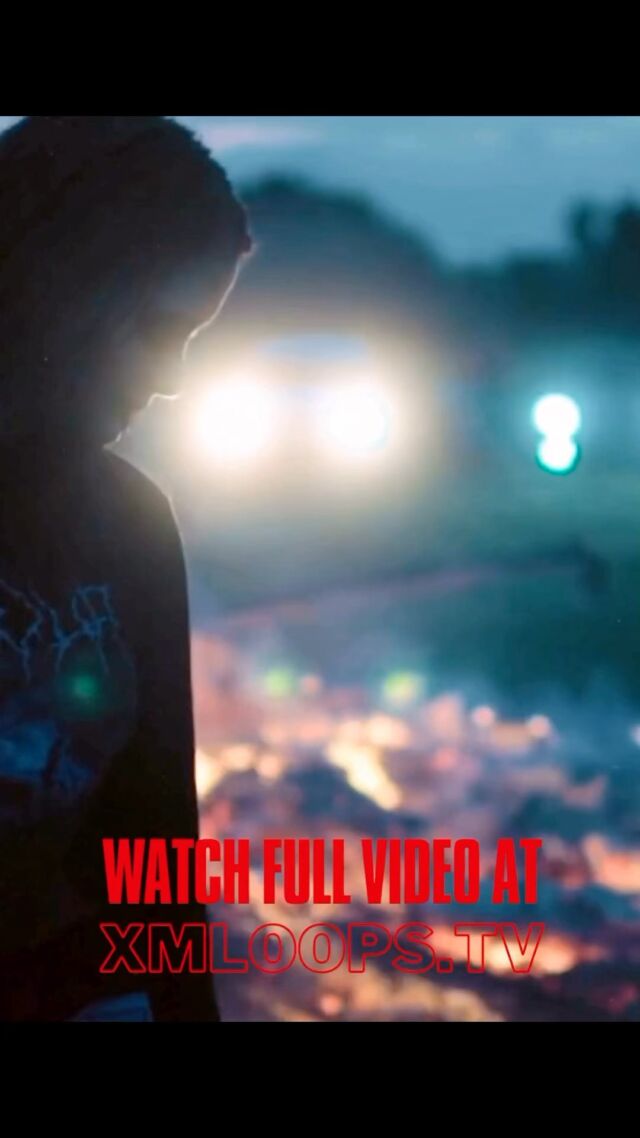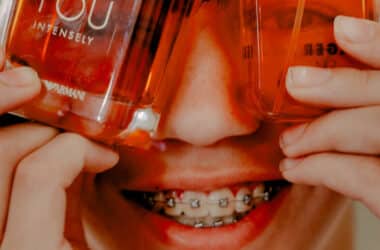“With CG,” Walsh Valdes said, referring to computer-generated animation, “one of the great things is that it feels like you’re along for the ride, and it could really forge that connection even more.”
Dora is becoming three-dimensional in other ways, too. In the new series, her previously unidentified Hispanic background has become specific: Mexican, Cuban and Peruvian. Diana Zermeño, the 10-year-old Californian who voices Dora, is herself the daughter of Mexican immigrants. Kathleen Herles, who played Dora in the original series, is of Peruvian ancestry and has now returned to Nickelodeon to voice the little girl’s mother.
“We have those connections to our characters,” Herles said during a video conversation. “And I think it just adds more depth. Not just for us and for our characters, but to the show, too.”
Dora’s ethnicity should also resonate with the audience. According to the U.S. Census Bureau, more than 19 percent of Americans are Hispanic, as are more than 25 percent of the nation’s children. “Dora” now joins a television landscape that includes characters like PBS’s Alma, of “Alma’s Way,” who is Puerto Rican, and Rosie, of “Rosie’s Rules,” who is Mexican American.
“We’re not living in a world where we can say Latin culture is one thing,” Ramsey Naito, president of Paramount Animation and Nickelodeon Animation, said in a video interview. Eighty percent of the writers for “Dora,” she added, are Latino themselves and can “contribute authentically to the stories.”
One episode, for instance, focuses on the Latin American shirt known as a guayabera, which is thought to have originated in Cuba, while another introduces alebrijes, the colorful carved wooden animals of Mexican folk art. In that tale, “The Alebrije Adventure,” the alebrijes are living creatures, and one, the jaguar Ale, voiced by the Mexican-born actress Kate del Castillo, enlists Dora’s help (and the audience’s) in restoring the rainbow water that feeds the creatures’ magical tree. While those elements are pure fantasy, the term “alebrije” is real. But how to help small children remember it?
Source link


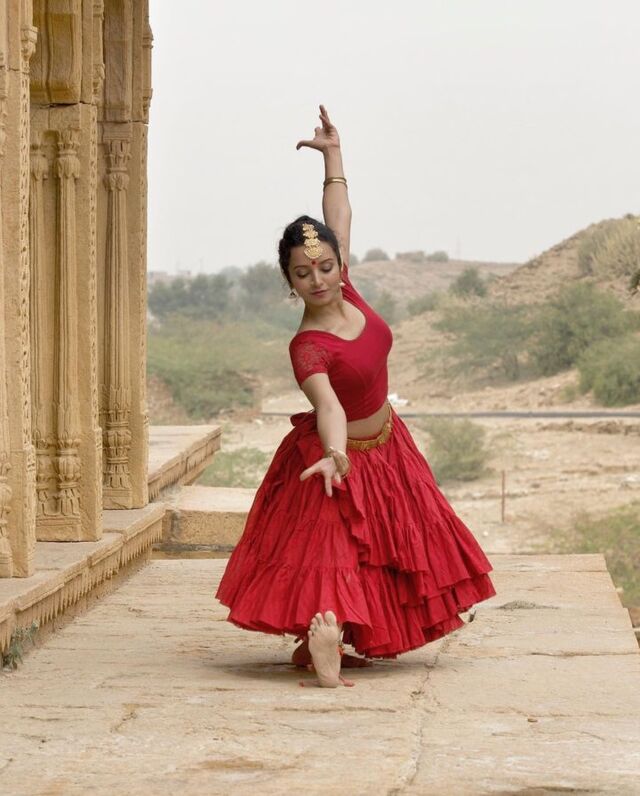
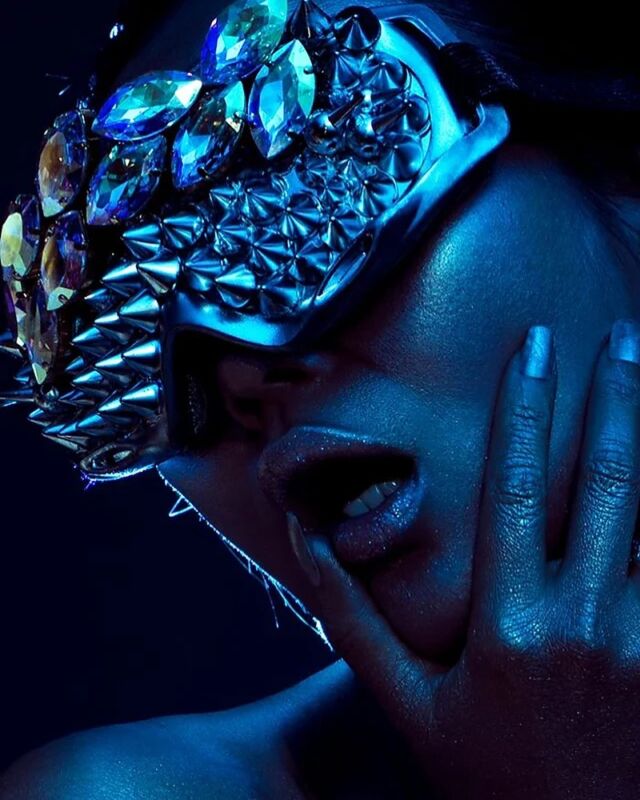

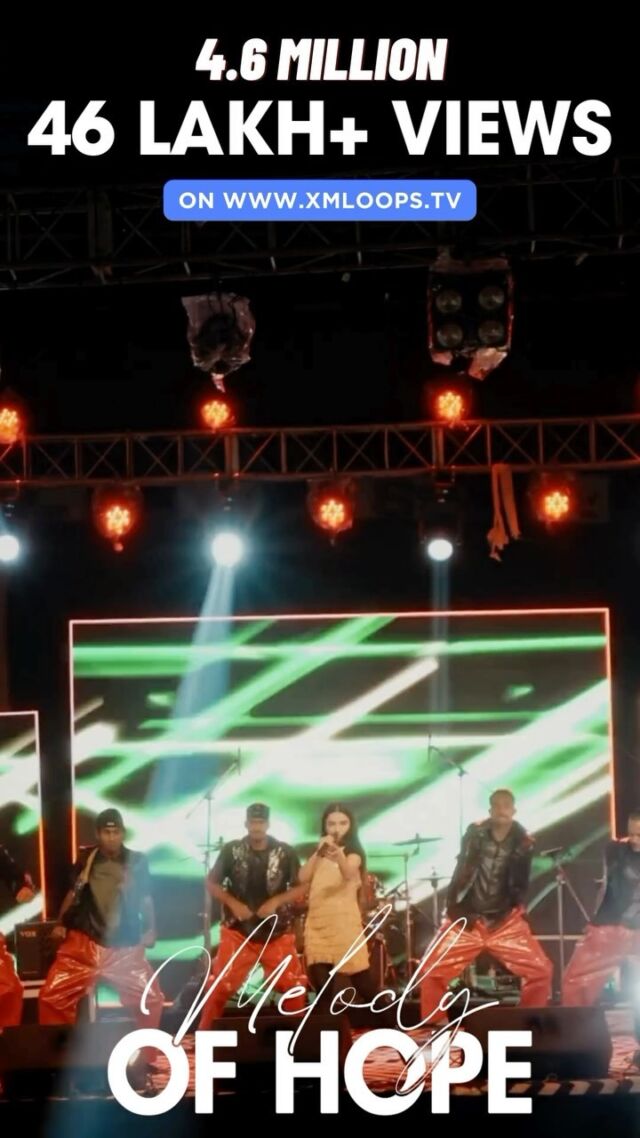



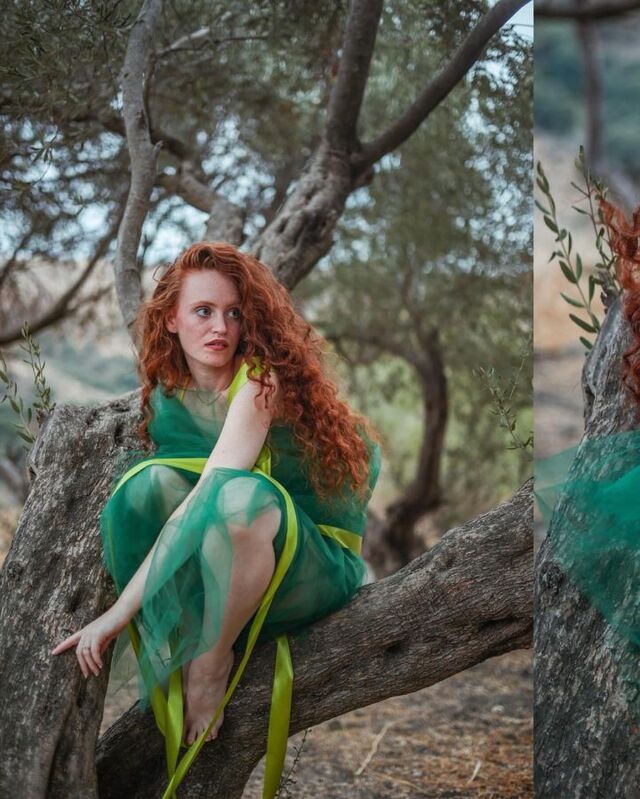
![Growing up learning Indian Classical Music, I’ve developed a deep appreciation for diverse musical genres, and techno is definitely one that has captured my interest. Got inspired to write this track by blending the beautiful melodies of Hindustani classical, particularly Raag Bhairav, with the beats of techno. Excited to share this fusion with you all!
Music by @miladzki
Check it out and vibe with me! 🎶✨
[ techno, newmusic, fusion, indianclassicalmusic, techno, music, kakisinger ]](https://talentsofworld.com/wp-content/uploads/wp-social-ninja/instagram/9xm.tv/18327743320185528_full.jpg)
![Listen to this Version of Dil Kho Gaya
Original Song From the Movie Dil.
Anand-Milind, Udit Narayan, Anuradha Paudwal sung this song
Music by Anand-Milind
Hope you guys like this Rendition of the Classic Song by Kaki Singer.
Like, Share & Comment.
[ Dil, Dil kho Gaya, old songs, Classic Bollywood, old song covers, retro songs, indian old songs, old hindi songs, melodies, kaki singer, Indian singers ]](https://talentsofworld.com/wp-content/uploads/wp-social-ninja/instagram/9xm.tv/17999564600299237_full.jpg)

